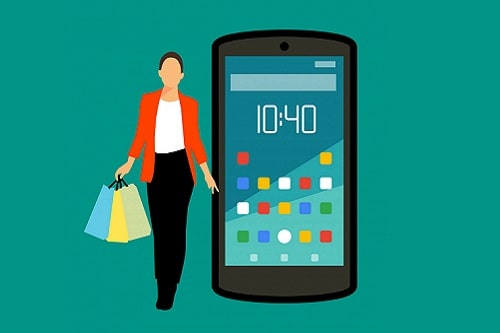In an increasingly competitive and now absolutely global business context, it is necessary for any commercial company to have all the possible technological tools at its disposal. Among these tools is the virtual POS. The question is to what extent is it compatible with telephone charging?
The answer is overwhelming. Not only is it compatible, but it is one of the most effective weapons on which an e-commerce company can rely on to grow. For this, however, it is absolutely essential (for the good of both the customer and the company) that we have a secure system.
What is a virtual POS?
If you know what a POS is, you know what a virtual POS is; a device to manage card purchases, but installed in the cloud. This means that it does not have any hardware component, i.e. physical, but the entire transaction is carried out digitally. This makes the virtual POS a very powerful tool for e-commerce.
Why? This option offers greater convenience for both the customer and the company, and (this is the most interesting for the business) an increase in sales, a decrease in delinquency and a much more agile management of collections. And this, without the need for a physical point of sale!
As we told you another day talking about the integration between POS and virtual PBX, the customer we contact by phone is transferred by the sales (or customer service) agent to an automatic system that collects the data and transmits it to the bank. But many potential customers still ask, “but is this safe?”
The MO/TO challenge
Nothing to do with the world of two wheels and the engine. We are referring to the acronym for “mail order / telephone order”, the usual term for card transactions in which the cardholder is not present (nor of course the credit or debit card itself) when giving the purchase order.

Very present in the world of online commerce, this payment method allows us to reach many more customers and greatly speeds up transactions, but it has a darker side: it is among the methods with the highest risk of fraud and chargeback . This makes banks reluctant to provide this payment channel…
The solution is to use an automated system without human intervention such as PAYby CALL, which is incomparably more secure than the CVV/CVC code system, since at no time does any agent have access to the buyer’s personal or banking data, nor is any of it stored anywhere.
Technically speaking…
Without getting too technical, we are going to present schematically the operation of a virtual POS in the telephone card payment system.
- The virtual POS works as a payment gateway, as it connects different platforms and manages the integration of commercial CMS, bank software, etc.
- When the purchase decision is made, the merchant contacts the virtual POS of his choice (it can be the bank’s own or an intermediary such as Redsys).
- After being securely “recognized”, the customer (in this case your phone call) is connected directly to the virtual POS and enters his data; the POS checks them and forwards them to the bank.
- In order to finalize and successfully execute the purchase and sale, the customer is asked to complete an authorization process, either by means of a security code or some other pre-established confirmation method.
Like your dataphone, but remote
This would be the simplest way to look at it: your business’ virtual POS turns your customer’s phone into a dataphone; and with PAYby CALL, totally secure!
